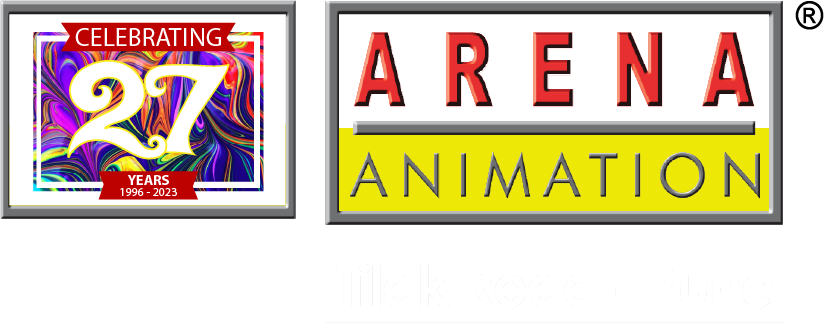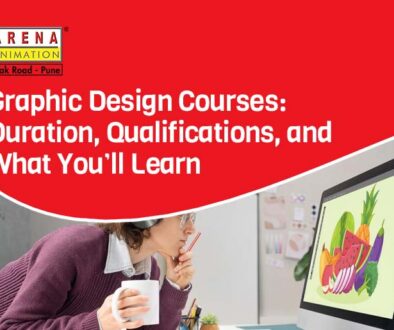One of the great occupations nowadays is designing. Graphic designing is the craft we do while producing visual content to spread and express our message. Graphics, styles, and colors are used extensively in this technology to convey ideas through print design, the internet, and social media. Additionally, to help with various graphics, the
best graphic design tools are available in the market – if you just look!
Importance of Graphic Designing
A company presents information to consumers (or prospective consumers) and other stakeholders through graphic design. Without it, a business would be unable to reach customers and market heights. Hence, let’s read more about the advantages of graphic designing.
- Your brand can create and maintain a lasting impression with good graphic designs.
- It is a tool that will improve your ability to communicate with stakeholders effectively and supports establishing your brand.
- It facilitates an effective and appealing presentation of your ideas and products/services.
- Good designs help retain the audience’s interest longer.
Additionally,
graphic design can increase sales, establish credibility, and elevate customer expectations. However, to do all of this, you need the right tools and abilities to showcase your talent. Let’s look at some of the
best graphic design tools to improve your graphics.
10 Best Graphic Design Tools
All visual designers need reliable tools with all the attributes required to produce excellent graphic designs. Thus, if you are a graphic designer, this list of the
best graphic design tools may assist you in perfecting your portfolio and advancing your career.
Affinity Designer is a sophisticated graphic design software tool that even amateur designers can use. With a comparable set of design tools and user-friendly capabilities, it offers a less expensive alternative to Adobe Illustrator. Without needing to open another program, the software’s dual environment lets you work in pixel and vector art worlds.
Affinity Designer’s flexible grid system is one of its best features. This tool allows designers to create grids for isometric video game visuals, logos, and more. Thanks to the snapping feature, designers may easily lock and position objects and elements using grids, alignment guides, shapes, and other tools.
For those on a tight budget or who strictly support the open-source movement, Inkscape is the ideal platform for illustration work. You may also work with image formats like SVG, which is built-in natively into the Inkscape graphics processor tool.
For graphic artists looking for a complete, open-source solution for their 3D animation and design needs, Blender is considered one of the
best graphic design tools. Blender provides all the tools you need to produce models suitable for production.
Grease pencil mode, one of Blender’s best features, makes it simple to produce vector-based artwork, animations, comics, sculptures, and other media. The program is free to use and accessible on Windows, Mac, and Linux, making it an excellent choice for designers on a small budget.
Pixlr has become one of the top online image editing programs for many good reasons. You can access fully optimized mobile and desktop apps and the flexible image editor within your browser. You will have a lot of freedom to edit your images wherever you choose. There are countless font styles, photo effects, and endless time for experimentation.
Whether a novice or an expert, Canva is a tool for everyone. It is particularly useful for those who lack design knowledge because it only takes a few clicks to transform you into a designer. If you’re a first-time user of the platform, you may also go through a rapid learning procedure to help you understand it even faster.
Additionally, Canva allows you to design anything you need for social media, websites, blogs, newsletters, logos, and presentations. When using Canva, the power to produce design gems is in your hands with creative templates.
A wide range of functions for photo enhancing and digital retouching are available in the flexible graphics editing program GIMP. The highly customizable interface of GIMP lets you choose the color scheme, icon sizes, spacing, and toolsets.
Moreover, it provides transparent virtual file system support, enabling users to load and save files from distant sites utilizing protocols like FTP, HTTP, and SFTP/SSH. If you need a feature set equivalent to Adobe Photoshop but can’t afford a license, GIMP is a wonderful substitute.
You don’t always need to use these sophisticated tools when altering images. In many cases, PicsArt’s Photo Editor will do the trick and assist you in producing a true photographable masterpiece. Additionally, the instrument is easily accessible and cost-free, so you can use it immediately. Additionally, the procedure of image enhancement and styling is rather simple. You can quickly produce a finished product and present it to your client.
Leading vector design software Adobe Illustrator provides various tools and capabilities to help users create beautiful artwork, logos, illustrations, and graphics.
The drag-and-drop features in Adobe Illustrator’s user interface make it more effective yet open to customization and accessibility. Designers can edit many artboards simultaneously using the in-panel editing functionality, and the software is very adaptable to Mac and Windows devices. Illustrator’s interfacing capability with other Adobe applications is one of its main benefits.
For creative professionals like architects, designers, and concept artists, Autodesk Sketchbook is a painting and drawing tool that can be accessed on desktop and mobile devices. Its extensive toolset, specifically created for artists and designers, includes drawing and line-work tools, brushes, textures, gradients, and blending modes.
The tool is frequently used for painting, drawing, and quickly producing artwork in addition to picture editing. It also offers many features like brush blending, simple gradients, perspective guides, rulers, and distort transform. A different animation style called “Flipbook” is also available in Sketchbook.
PixTeller is the best for having a large selection of pre-designed templates. It immediately sets itself apart from competing for online graphic design tools by combining an image editor with an animation creator. To help you create great graphic designs, you get a good amount of predefined templates, pictures, graphics, styles, and effects.
Wrapping Up
The use of graphic design has changed along with technological developments. It incorporates the digital realm into a virtual reality beyond print media. The best aspect is that you don’t need to invest a lot of money to begin learning graphic design.
Although many graphic designers have a natural skill for creating masterpieces, being a natural-born artist is not necessary to produce good designs. However, with some effort, graphic design is a skill that can be easily learned, just like anything else, with the help of the
best graphic design tools mentioned above.



